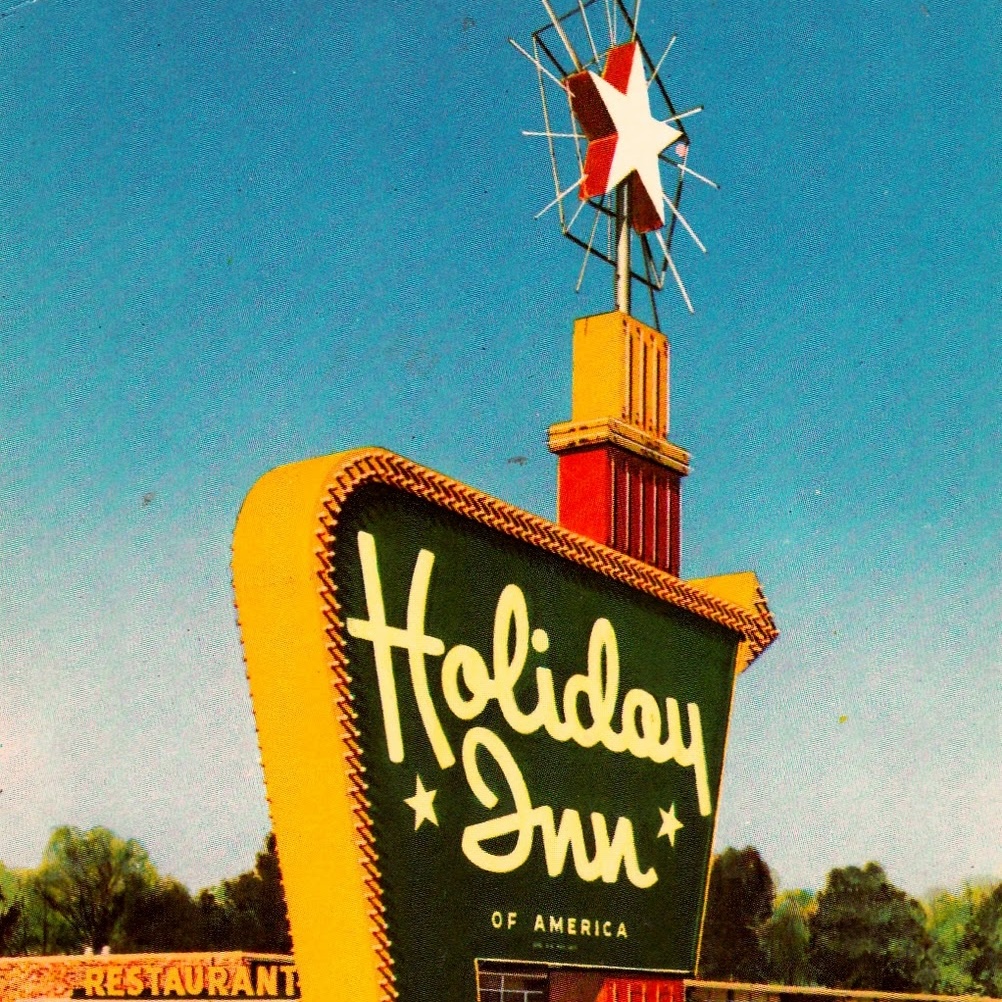
|
→ Martin Luther King said the line of progress is never straight. When it comes to the history of tourism, the line swerved past 99% of the world’s population before it finally delivered the vacation as we know it today.
|
 |

|
Martin Luther King said the line of progress is never straight. When it comes to the history of tourism, the line swerved past 99% of the world’s population before it finally delivered the vacation as we know it today.
Read our full story about the history of the holiday, or enjoy the following excerpt:
By the mid-20th century, the proliferation of cars, highways, motels, and flights finally made tourism a possibility for the non-wealthy — but you still needed the money and time to take the trip. Perhaps then, the story of today’s American tourists starts back in the early 1900s, when a New England mill became the “first American factory to institute the five-day week,” according to the Atlantic.
You can thank their Jewish workers for the innovation, since management gave them a two-day weekend so they could keep the Jewish sabbath as well as the Christian one. It caught on. Eventually, President Roosevelt put it into law with the Fair Labor Standards Act of 1938. For the first time, Americans had a federally mandated minimum wage, an eight-hour workday, and forty-hour workweek.
Since it’s by definition a leisure pursuit, it’s natural that tourism increased as a result of laws protecting workers from laboring every hour of every day. But in America, the government hasn’t always been the force for change. Not even Roosevelt’s workweek law was simply in service of workers’ rights. Instead, economists of the day believed shorter hours could help alleviate unemployment in the midst of the Great Depression.
|
 |
|
WHERE GOVERNMENT STOPPED
A cynical historian might say other types of happenstance benefited tourists, too. Apparently, Henry Ford decided to adopt the five-day workweek in 1926 not necessarily as any favor to his workers, but because they’d have more time to spend money on cars. “People who have leisure must have clothes,” he reportedly mused. “They eat a greater variety of food. They require more transportation in vehicles.” He had used the same logic when he doubled his workers’ wages to five dollars a day 12 years earlier.
The fact that the private sector has given Americans more of the right to vacation than the public one means that our grasp on it is more tenuous than we might like. You can see the pattern beginning in 1940, when paid vacation time was mostly achieved as a gift from management to workers. As one professor, Joseph Altonji, wrote in his study on vacation laws, 20th-century management granted vacations out of no legal obligation, but “as a way to increase productivity, reduce turnover, and attract and keep workers.”
As unions grew in the mid-’30s, paid vacation became more prevalent, but for American unions it was never a top priority. More often, their “primary concerns” were “recognition and higher wages, not increased paid vacation time.”
It’s a choice that still reverberates today.
|
 |
|
VOTE TOURISM
While paid vacation became a normal expectation of employment after the war, Americans never pushed for it the way Europeans did. Trade unions across the pond made deals that “resulted in paid vacation legislation in many European countries,” according to Altonji, but American unions never did.
The results of that are predictable. According to CNBC, the amount of vacation granted the average American today does not even reach the minimum requirements in 19 of the world’s richest countries. As one economist said: “Relying on businesses to voluntarily provide paid leave just hasn’t worked.”
Depending on what amounts to charity from the private sector is probably not the soundest strategy for self-care. Some companies go above and beyond, of course, but it’s those that are content to stay in the basement that a government must build a solid ground floor to protect against — whether the issue is vacation time, fair wages, family leave, or healthcare. These things are too important to be left to the benevolence of business owners.
As one professor pointed out, neatly summarizing all that we’ve written so far, “We forget that for literally hundreds of years, travel was only for really wealthy people. It was only landed aristocracy that could really go from place to place. As the wealth is more broadly shared through all sectors, regular folks have the option to travel.”

|
|
 |
CONTINUE READING
How the Vacation Came to Be
|
 |
ON SALE NOW
Whole Lotta Hotel Discounts
|
 |
NEW HOTELS
Just Added to Our Selection
|
|

